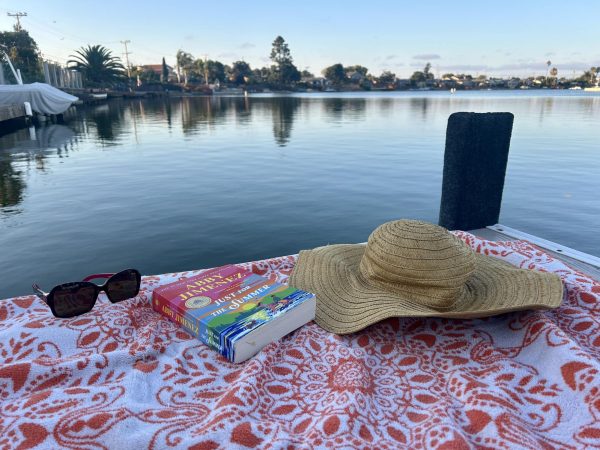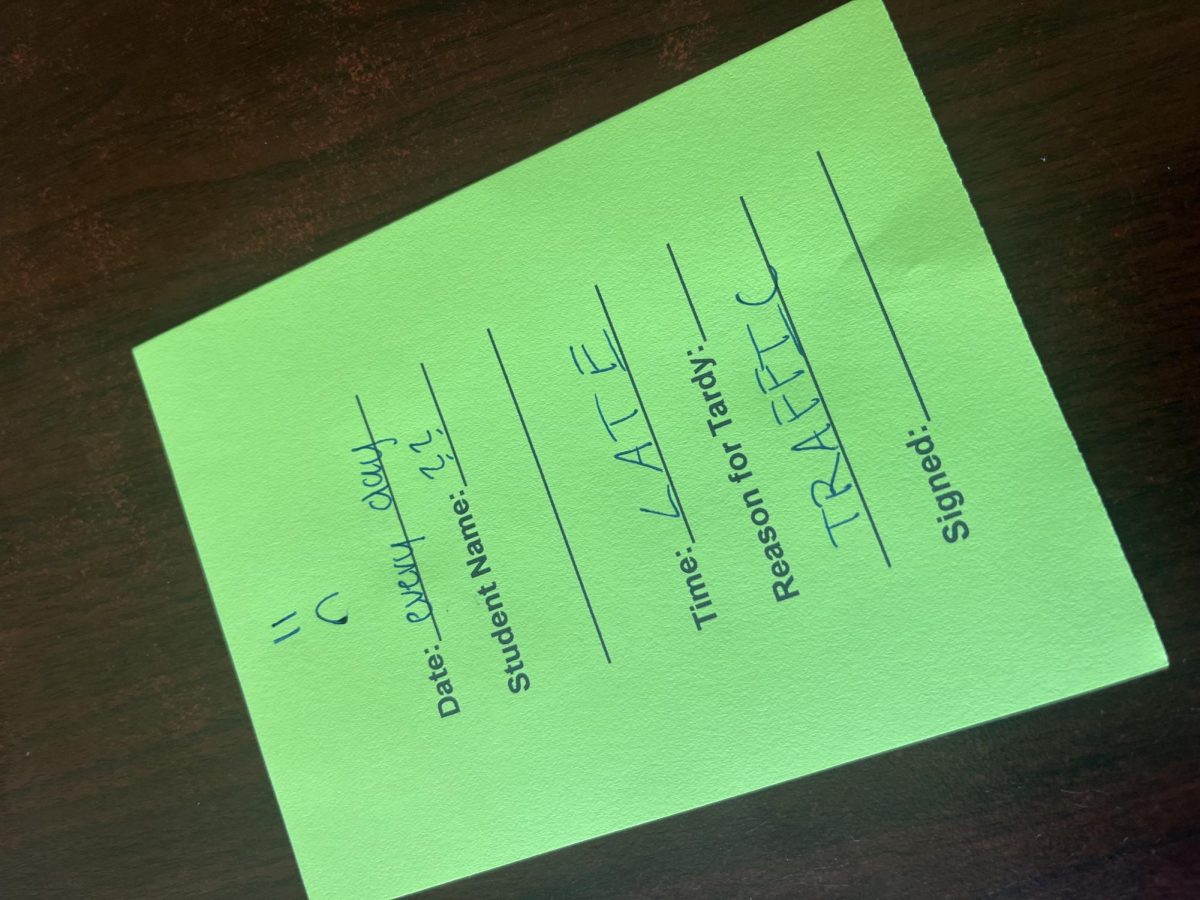Quick! The UV is 12! Grab a towel, sunglasses, a good book and head outside to bake in the sun for a few hours. It will all be worth it when that angry red sunburn turns into a beautiful, dark, bronzy tan.
Among many other beauty standards, being tan has teens under a spell of sorts. Most teens, girls especially, desperately want their skin to look as sun-kissed as possible. When there is a high UV, they rush outside, hoping to darken their skin. When a school dance or big event is on the way, scheduling a spray-tan beforehand is a must. And of course, there is that terrible season which is always creeping closer… Winter. And the ongoing fear surrounding it, with its terrifyingly low UV levels, and the inevitable fading of that hard-earned summer tan.
Girls are feeding into a beauty trend that does not deserve the attention it gets. People should embrace their natural skin color, rather than trying to alter it. There is nothing wrong with pale skin, just like there is nothing wrong with tan skin, and everything in between. Unfortunately, teens are already trapped in the death grip of The Tan, and far too many have marked “tan skin” in their beauty checklist.

However, it was not always this way. In the early 1900s, the hot new skin color everyone wanted was ghostly pale. So what changed? How did tan skin go from something no one wanted to something everyone wanted?
Originally, being pale was desirable. It was a sign of wealth. The working class was working outside, getting more and more tan, so no one wanted to look tan and, in turn, poor. People even enhanced their paleness with powders to appear more fair (A Brief History of Tanning).
It was not until the 1920s that being tan first became popular. In 1923, French designer Coco Chanel returned from a vacation to the French Riviera with a sun-kissed glow after she accidentally got a few too many rays. Chanel unintentionally popularized the look. Then, in 1928, the first tanning oil was created, followed not too long after by the invention of the bikini in 1946. After World War II, there was much more leisure time in the United States, which people often spent at pools or beaches. Surfing and beach culture became popularized in the 1950s and 1960s. By the 1960s, tan skin was a sign of money to travel, physical fitness from outdoor excursions, and leisure time. Tanning beds then became known in the United States by 1978 (A Brief History of the Tan).
Similar to many other beauty trends, tanning comes with risks. Lying sprawled out in the sun for an extended period of time does not exactly benefit the skin… The most prominent danger that comes with tanning is the risk of skin cancers, including melanoma (Tanning Continues to be Popular Despite the Known Risks). Lying in the sun exposes the skin to harmful UV rays, and people need to be aware of the risk they are taking to achieve their desired tan.
Luckily, there are safer alternatives to sun tanning. Tinted sunscreen, spray-tans or tinted lotion are all smarter choices than baking in damaging UV rays for hours.
In the end, it all comes down to personal preference. Some may choose to protect their skin from UV rays and opt for a spray tan. Others might take the risk and lie out in the sun. And some may simply embrace their natural skin tone, whatever shade it may be. The most important thing to remember is that, regardless of skin color, everyone is beautiful inside and out.






